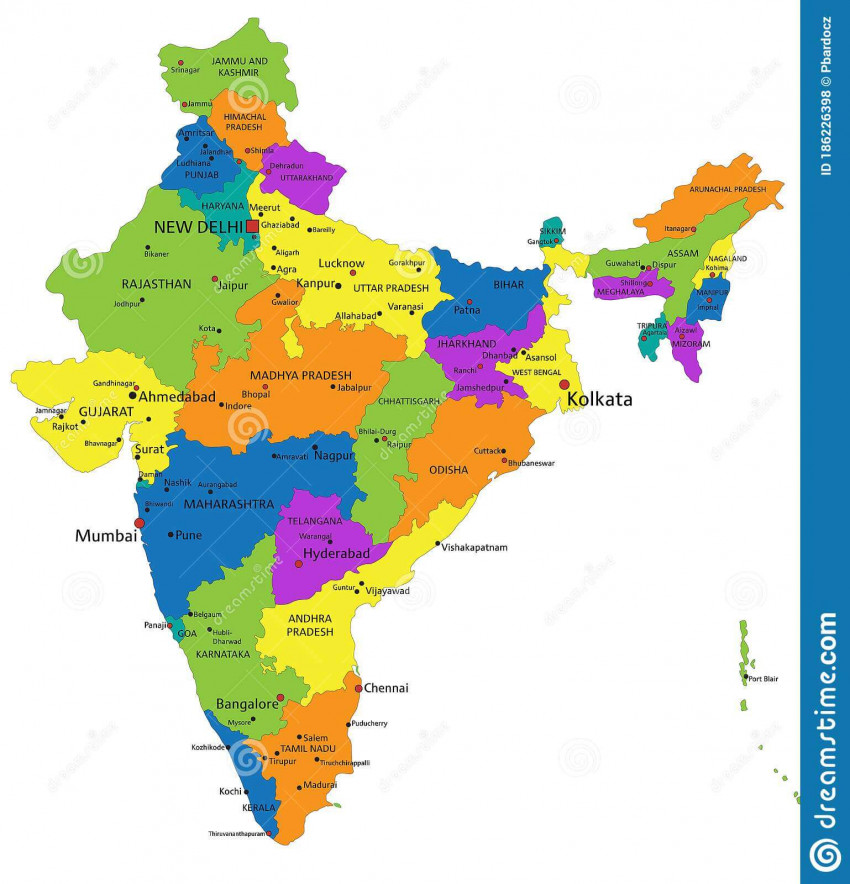
This is exactly what I did and it helped me score high in the prelims (and in daydreaming about and planning my ultimate itinerary of traveling all over the Globein the event that I can ever save up enough money and qualify for the Ex-India Leave).
Being able to navigate understanding the World Map is very important not just for geography but also for understanding GS in general. (And for me personally, I'm lost when I don't visualize my current location in my Indian Political Map )
Some examples:
1. For Understanding Newspaper Articles: South Korean President on visit to IndiaNewspapers use terms such as"the Korean Peninsula, Indo-Pacific, South East Asia etc.
2. To Understanding World History: How do you understand the formation of alliances during world wars when he does not know what the exact location of the nations is?
3. To Understanding History of India- Where is the Silk Route? Which are the ruins of Port Baruch? Where did Kushanas arrive? What is the reason Punjab was a troubled place throughout the history of India? What was the reason Bombay, Madras and Calcutta were the main presidency of British India? India? Many more questions are answered when one has a an understanding about the maps.
Thus knowing GS can be made easier for those who are experts in Atlas!
It isn't necessary to remember every capital, bay or gulfs. So, how do you go about it?
Step 1 Step 1: Create a line horizontally running through the middle of your A4 paper- This is the equator. then sketch out an outline sketch of your globe map.
It is possible that you draw an extremely poor map ( like the one in the picture) however you will at least know the location of the Equatorand the various parts of Continents within Each Hemisphere.
Step 2: Now is the time to travel across the continents one at a time!
It's easy to make your life simple. start With North America, It has just 3 countries :--)
Create a map of the political world Try to locate the capital cities and other famous cities that you've heard of.
Make a Physical Maps - If you're studying people and land ( the old units of NCERT's 6-8th Geography, find the locations that are mentioned in these units) If you're not, then draw five to six outline maps for North America and try to find:
Important physical features- rocky mountains, Great plains, Canadian shields etc.
Look for water bodies, such as Sea Delta, Sea Gulfs Bays, and Seas.
Find important rivers and lakes.
The most preferred order would be North America, move downthe other way - South America, Move East-and Africa ( I like it because it is less crowded as Europe), Europe( football fans will be awed by the idea) in addition to Australia. We'll save our personal Asia to last since it is huge and can be further divided into West Asia, North Asia, Indian Subcontinent and South East Asia, East Asia.
Start by creating a rough outline of each Continent and first locate the capitals and countries, and then physical characteristics.
Third step: physical characteristics of the world as a whole
Draw 7 copies of the outline of the world map, just like you did in step 1. ( This time, you'll be amazed at how well it looks ( :-P)
Ocean and other important oceans.
The importance of Gulfs along with Bays.
Important islands and trenches
Important mountains
Important deserts
Important plains and plateaus
Important rivers.
After having dealt with continents on your own, you understand what 'important' signifies, if not the The book on people and land can help you. any time you browse through any Atlas ( Oxford Student Atlas is a good choice) and look up the names boldly.
Additional Tips:
If you find any location mentioned in the media or in books like heads of countries visiting us, our own leaders visiting different countries, important summits happening, etc. always find those locations in the world map.
Put a world map and a map of India on the wall The most important thing is that it creates the impression of a typical living space for UPSC candidates. If you've got enough books, you are able to simply gaze at the maps and not feel the burden of spending your time.
PS: The essence is you must have a visual of the globe in your mind. For instance, If someone says Uganda the first time, it should be clear to you that it's located near the center of Africa slightly to the right (Eastern side) close to the Equator as well as Kenya as the corner. there is also an enormous in-stream water body nearby or perhaps a lake. Lake Victoria!


